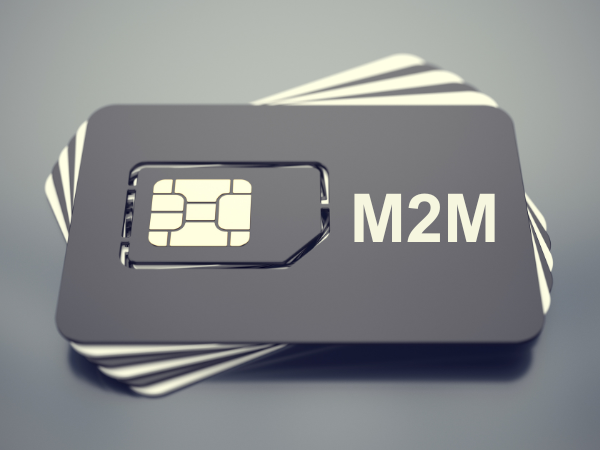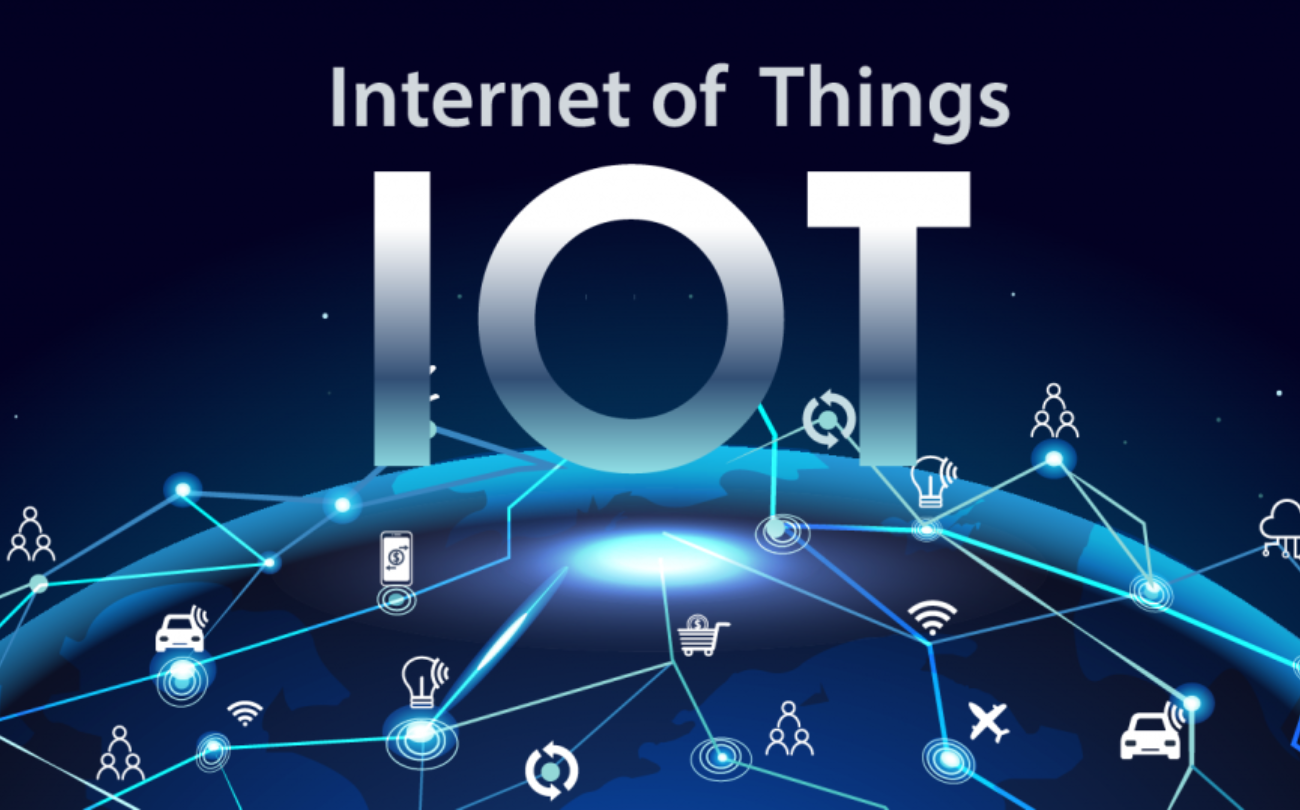1. Introduction: The World Runs on Connected Devices
The modern world runs on connectivity. From industrial robots to smart meters and logistics trackers, billions of devices rely on constant communication to exchange data, monitor performance, and drive intelligent decisions.
This global web of communication is powered by IoT device communication solutions — the invisible backbone that allows machines to “talk” to each other seamlessly across cities, countries, and continents.
As industries digitalize under Industry 4.0, ensuring reliable and secure communication between devices is no longer optional. It is the key to automation, efficiency, and global competitiveness.
At the center of this transformation are IoT SIM cards and IoT connectivity platforms, enabling devices to operate anywhere with consistent network coverage and centralized management.
This article explores how IoT communication solutions work, the technologies behind them, and how Zhongyi IoT empowers global enterprises to build scalable, secure, and cost-effective IoT networks.
2. What Is IoT Device Communication?
IoT device communication refers to the exchange of data between connected machines, sensors, gateways, and cloud platforms.
These communications can be machine-to-machine (M2M), device-to-cloud, or cloud-to-cloud, depending on the application.
The main goal is to allow devices to:
- Send data (e.g., temperature, location, usage patterns)
- Receive commands (e.g., firmware updates, control signals)
- Operate autonomously and intelligently through data-driven decisions
Unlike traditional consumer devices, IoT devices require long-term, stable, and low-power connectivity, especially in industrial or remote environments. This is where IoT communication solutions — including IoT SIM cards, eSIM, NB-IoT, LTE-M, and 5G networks — play a crucial role.
3. The Architecture of IoT Communication
A complete IoT communication solution typically includes the following layers:
- Device Layer – Sensors, trackers, or controllers that generate or collect data.
- Connectivity Layer – Cellular networks (2G/3G/4G/5G, NB-IoT, LTE-M) or LPWAN solutions that transmit the data.
- Platform Layer – Cloud-based systems or IoT platforms that store, process, and analyze the information.
- Application Layer – Dashboards, control panels, and analytics tools that convert raw data into actionable insights.
Each layer must work together to ensure reliable, secure, and scalable communication between devices across regions.
Zhongyi IoT bridges these layers through global IoT SIM connectivity, network management platforms, and customizable communication APIs.
4. Key Technologies Behind IoT Communication Solutions
IoT communication leverages a range of wireless technologies — each optimized for specific applications:
| Technology | Description | Typical Use Case |
|---|---|---|
| NB-IoT (Narrowband IoT) | Low-power, deep coverage; ideal for static sensors | Smart meters, environmental monitoring |
| LTE-M (Cat-M1) | Low latency and mobility support | Vehicle tracking, wearables |
| 4G / 5G Cellular | High data rate, real-time communication | Industrial automation, video monitoring |
| LPWAN (LoRa, Sigfox) | Long range, minimal data | Rural IoT sensors |
| Wi-Fi / Bluetooth | Local connectivity | Home automation |
| Satellite IoT | Global coverage where no cellular exists | Maritime, mining, oil fields |
Modern IoT projects often combine multiple networks to achieve optimal coverage, speed, and cost-efficiency.
That’s why enterprises increasingly depend on multi-network IoT SIM solutions, such as those provided by Zhongyi IoT, which automatically switch between carriers to maintain always-on connectivity.
5. Why IoT SIM Cards Are Critical for Global Device Communication
While IoT communication can use various networks, cellular IoT SIM cards remain the most versatile and scalable solution for global deployments.
Key advantages include:
- Global coverage: Access to 100+ networks worldwide through a single SIM.
- Automatic roaming: Devices automatically connect to the strongest local signal.
- Remote management: Monitor and control SIMs via a cloud platform.
- Security features: Private APN, IMEI lock, and data encryption for enterprise security.
- Scalability: Deploy thousands of devices without changing SIM cards.
For example, an industrial monitoring company using Zhongyi IoT SIMs can deploy devices across Asia, Europe, and Africa — all under one connectivity plan with centralized control and billing.
6. Industrial Applications of IoT Device Communication
IoT communication has revolutionized the way industries operate.
Here are some of the most impactful applications:
1. Factory Equipment Monitoring
IoT-connected machines report real-time operational data (vibration, temperature, usage hours), enabling predictive maintenance and reducing downtime.
2. Smart Energy and Utilities
Smart meters and energy management systems rely on IoT SIM cards for remote data collection and consumption analytics.
3. Smart Logistics
GPS trackers and telematics systems use cellular IoT to monitor shipments, optimize routes, and improve delivery efficiency.
4. Remote Environmental Monitoring
IoT sensors measure air quality, humidity, and temperature in agriculture or urban environments, transmitting data via NB-IoT or LTE-M networks.
5. Industrial Safety and Surveillance
IoT-enabled cameras and sensors detect hazards, support worker safety, and provide live monitoring over secure connections.
Zhongyi IoT provides industry-specific communication solutions for each of these use cases — from smart factories to remote energy systems.
7. Overcoming Challenges in IoT Communication
While IoT brings massive benefits, communication across devices and networks poses several challenges:
| Challenge | Description | Zhongyi IoT Solution |
|---|---|---|
| Coverage gaps | Devices deployed in areas with poor signal | Multi-operator SIMs auto-switch networks |
| Data security | Sensitive industrial data needs protection | Private APN + VPN + encryption |
| SIM management | Thousands of devices are hard to control manually | Centralized management platform with APIs |
| Global roaming cost | Expensive international data usage | Unified data plans with local breakout |
| Scalability | Difficult to expand across regions | Global SIM provisioning and remote activation |
With Zhongyi IoT’s Global Connectivity Platform, enterprises can overcome these issues while keeping operational efficiency high.
8. Security and Reliability in IoT device Communication
Security is one of the most critical aspects of IoT communication.
Because devices transmit sensitive operational data, it’s essential to protect the entire communication chain.
Zhongyi IoT provides:
- Private APN and VPN networks for encrypted data transport
- Two-way authentication to prevent unauthorized access
- Device whitelisting and IMEI locking
- 24/7 network monitoring and traffic analytics
These measures ensure that IoT devices remain connected, protected, and compliant with global data standards such as GDPR and ISO 27001.
9. Future Trends: eSIM, iSIM, for IoT device Communication
The next phase of IoT communication will be defined by eSIM (embedded SIM), iSIM (integrated SIM), and 5G technologies.
- eSIM allows remote SIM provisioning — ideal for large-scale industrial deployment.
- iSIM integrates connectivity directly into the chipset, reducing cost and power consumption.
- 5G IoT provides ultra-low latency and high throughput, enabling real-time automation, robotics, and AI-driven analytics.
Zhongyi IoT already supports these technologies, helping businesses transition smoothly into next-generation IoT connectivity.
10. How Zhongyi IoT Empowers Global IoT device Communication
Zhongyi IoT is a leading provider of global IoT SIM card solutions for industrial and commercial clients.
We deliver end-to-end connectivity covering IoT SIM cards, multi-network access, private APN setup, and centralized management platforms.
Our Core Advantages:
- 🌍 Global Multi-Carrier Coverage (Asia, Europe, Africa, Americas)
- 🔒 Enterprise Security with Private APN and VPN
- ⚙️ Customizable API for Device and SIM Management
- 💡 Flexible Data Plans for M2M and Industrial Projects
- 📊 Real-Time Monitoring and Billing Control
From industrial monitoring to smart city deployments, Zhongyi IoT helps enterprises connect, control, and optimize their global device networks.
11. Conclusion: Connecting the World, One Device at a Time
The success of the Internet of Things depends on one essential foundation — reliable communication.
As devices spread across continents and industries, a unified IoT communication strategy becomes critical for scalability, performance, and security.
Whether it’s a factory machine, a smart meter, or a logistics tracker, Zhongyi IoT ensures that every device stays connected — anytime, anywhere.
Ready to connect your devices to the world?
Zhongyi IoT provides secure, global, and cost-effective IoT communication solutions tailored to your business needs.
👉 Contact Us today to get your free consultation and start building your global IoT network.



